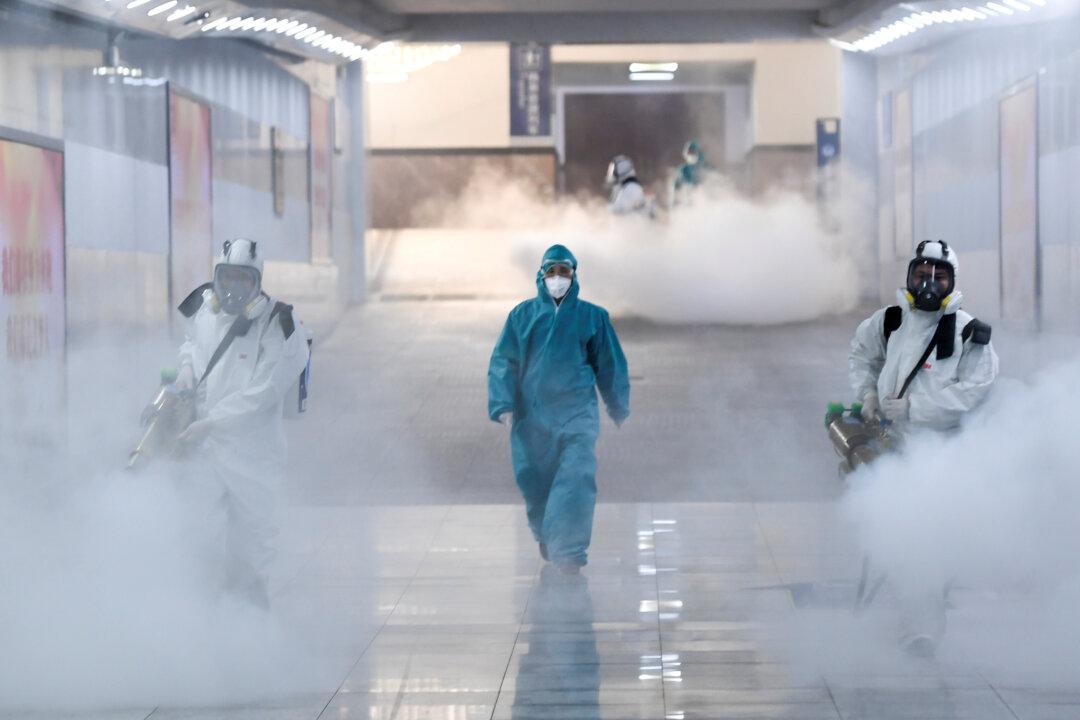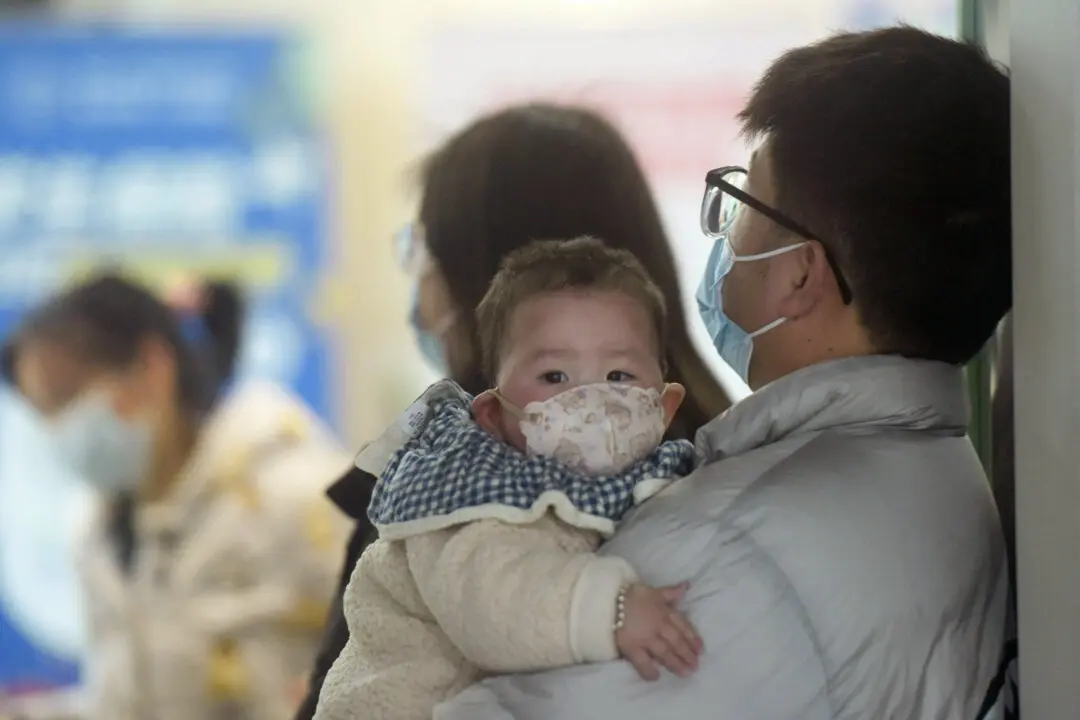When virologists and medical experts around the globe discussed the suspicious nature of the novel coronavirus and pointed to Wuhan’s P4 lab as a likely source, netizens inside China were watching. A Chinese scholar recently challenged Wuhan’s P4 lab to explain how the proteins of the novel coronavirus seem to have been precisely engineered to enable the virus to bind onto human cells. He also disclosed unethical and unprofessional practices he previously observed in China’s bioresearch labs.
According to Wuhan-based Yangtze Daily, Shi Zhengli, Deputy Director of Wuhan’s P4 Lab, publicized a statement on Feb. 2 saying: “I pledge with my life that the 2019 novel coronavirus has nothing to do with our lab. This virus is a punishment imposed on mankind from nature, to condemn mankind’s uncivilized way of living. Those of you who believe rumors or so-called scientific analysis by unqualified researchers, I advise you to shut your damn mouths!”





